The future is about access
on Nov 22, 2018Pioneering a new, digital model of education for rural communities was a dream for Kate Groch (CEO of GWF - Good Work Foundation), which started way back in 2006.... and today is a reality that is igniting change in these areas of Mpumalanga. Kate reminded us of the Martin Luther King quote, which aptly describes this journey as “having the faith to take the first step even though you don’t see the whole staircase”. The focus is solely on the scholars – what they learn, how they learn and how to provide access to them, all while eliminating poverty through education.

GWF is a non-profit organisation which has done exactly this and through the action and similar reaction of their various partnerships, have created a world of possibility for school goers to access learning that is relevant to a global economy and navigate the fast-paced world of the digital marketplace. There are currently four campuses in the Mpumalanga region – Hazyview (the main GWF hub), Justicia, Huntington and the latest digital centre in Lillydale.
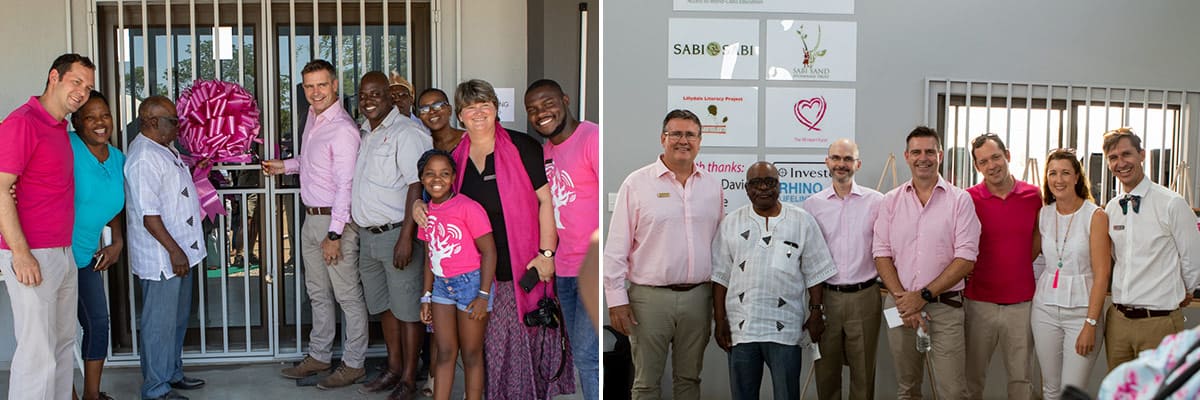
Tuesday, 13th November 2018, saw the launch and celebration of the LDLC (Lillydale Digital Learning Campus). Lillydale forms part of one of the neighbouring communities which Sabi Sabi is proud to support. Sabi Sabi is one of the founding partners of the LDLC, who together with the Wessels Family Trust, partnered with the GWF that made the dream a reality. Situated on the Hlomani High School premises, the campus is easily accessible by all schools in the area, and our future vision is to grow this campus, which will further enhance the current model.
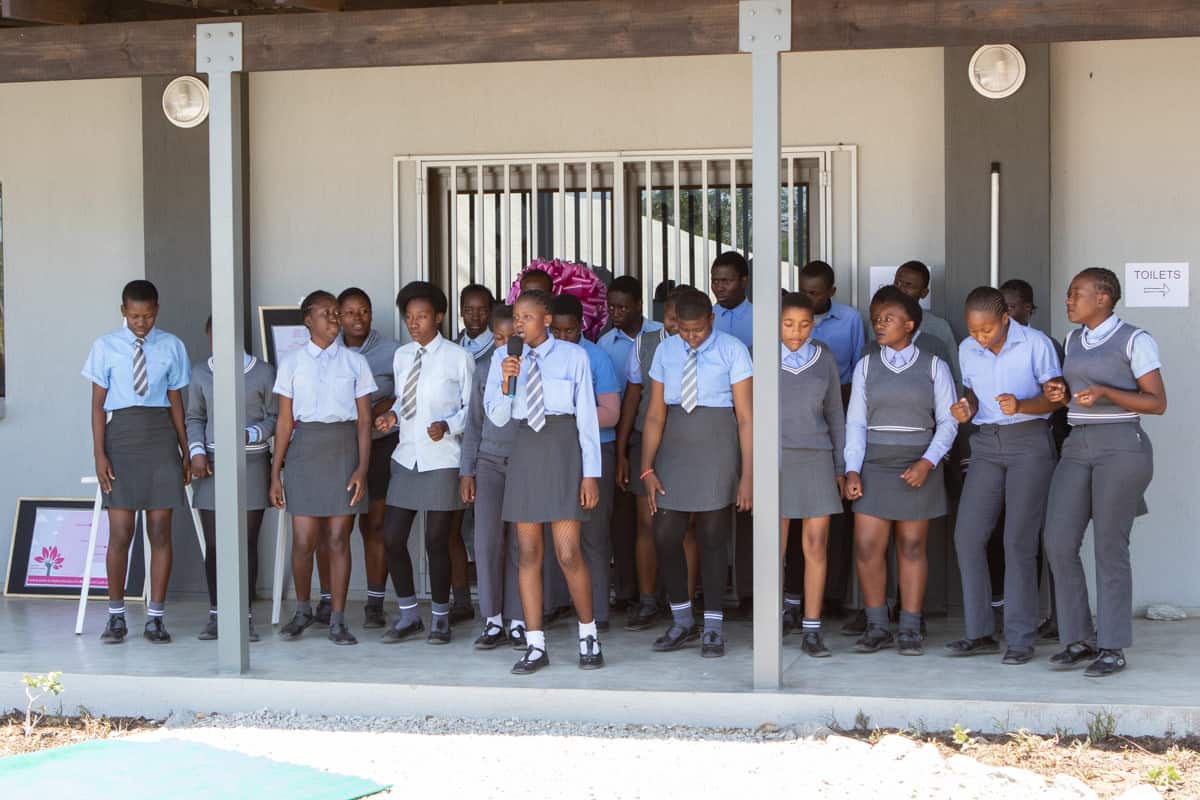
This joyous day was attended by community leaders, the Mpumalanga Department of Education, GWF alumni, local Ward Councillor and the keynote address given by the Honourable Advocate Dr Ramatlhodi, as well as the Board of Directors of Sabi Sabi Private Game Reserve. Everyone was treated to a tour of the campus, seeing first-hand how these hungry minds were being guided through their weekly syllabus. The day was emotive and uplifting – filled with pride, hope and a knowing that the future of these isolated communities is bright.
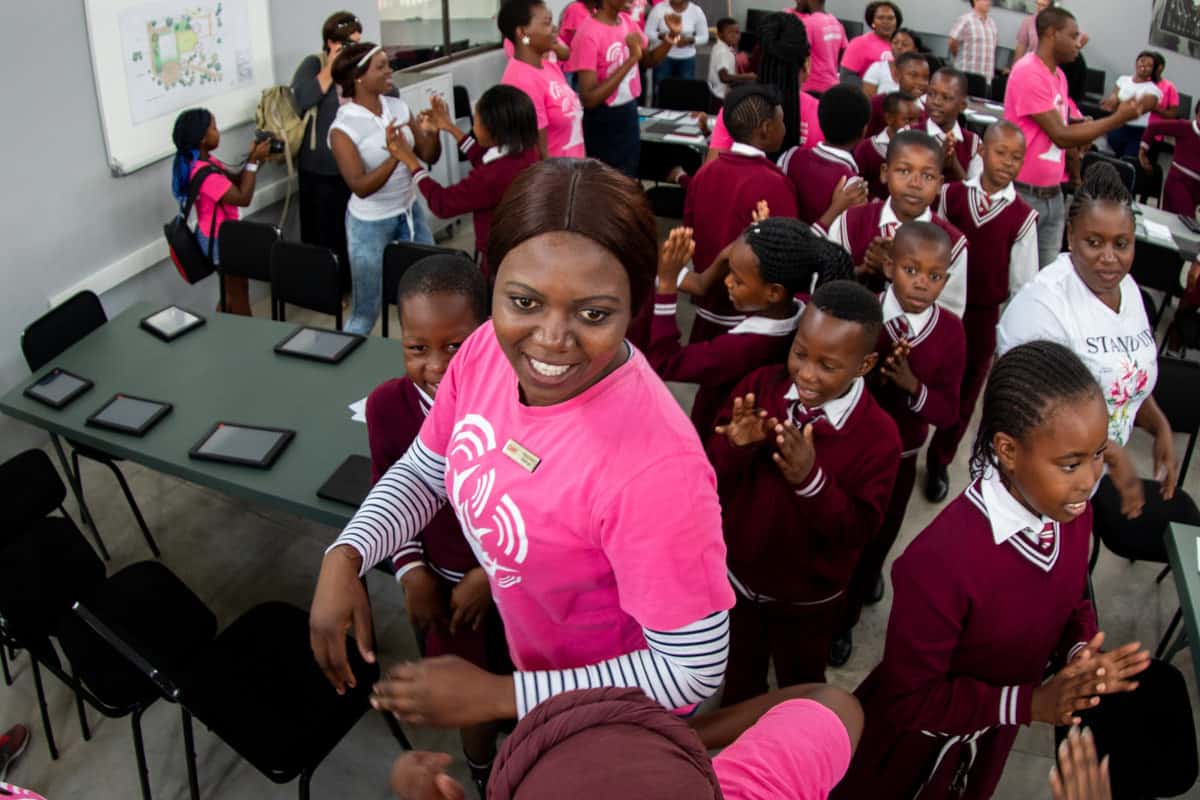
There are two major programmes at the LDLC which incorporate theoretical and practical components:
OLA – Open Learning Academy

At this new campus, GWF begins the learning journey with Grade 4’s. Children are transported to the LDLC once a week for a two-hour session in English, Mathematics and digital literacy. They also focus on conservation and life skills for school-aged learners - guided by digital facilitators (all GWF facilitators are trained annually by GWF and themselves are graduates of this programme). The digital platforms used are by way of tablets and computers.
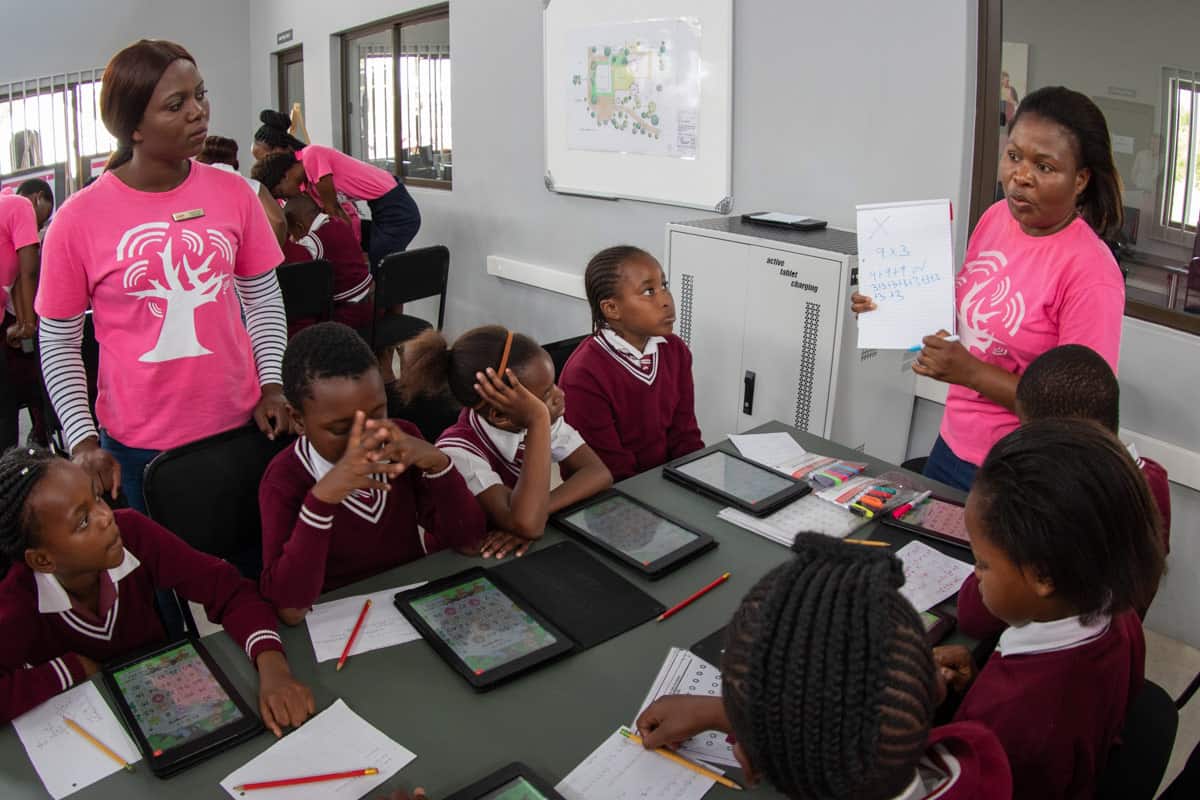
When these students progress to Grade 5, GWF places a charging trolley, with the tablets they have used and a GWF facilitator into the school and thereby they have a “lab on wheels” from class to class. The GWF progresses with learners from Grades 4 – 8.
Each digital learning centre can support up to 10 satellite schools.
This OLA programme has seen a 30% improvement in the children’s grades by being able to implement GWF supplementary learning in their daily school studies.
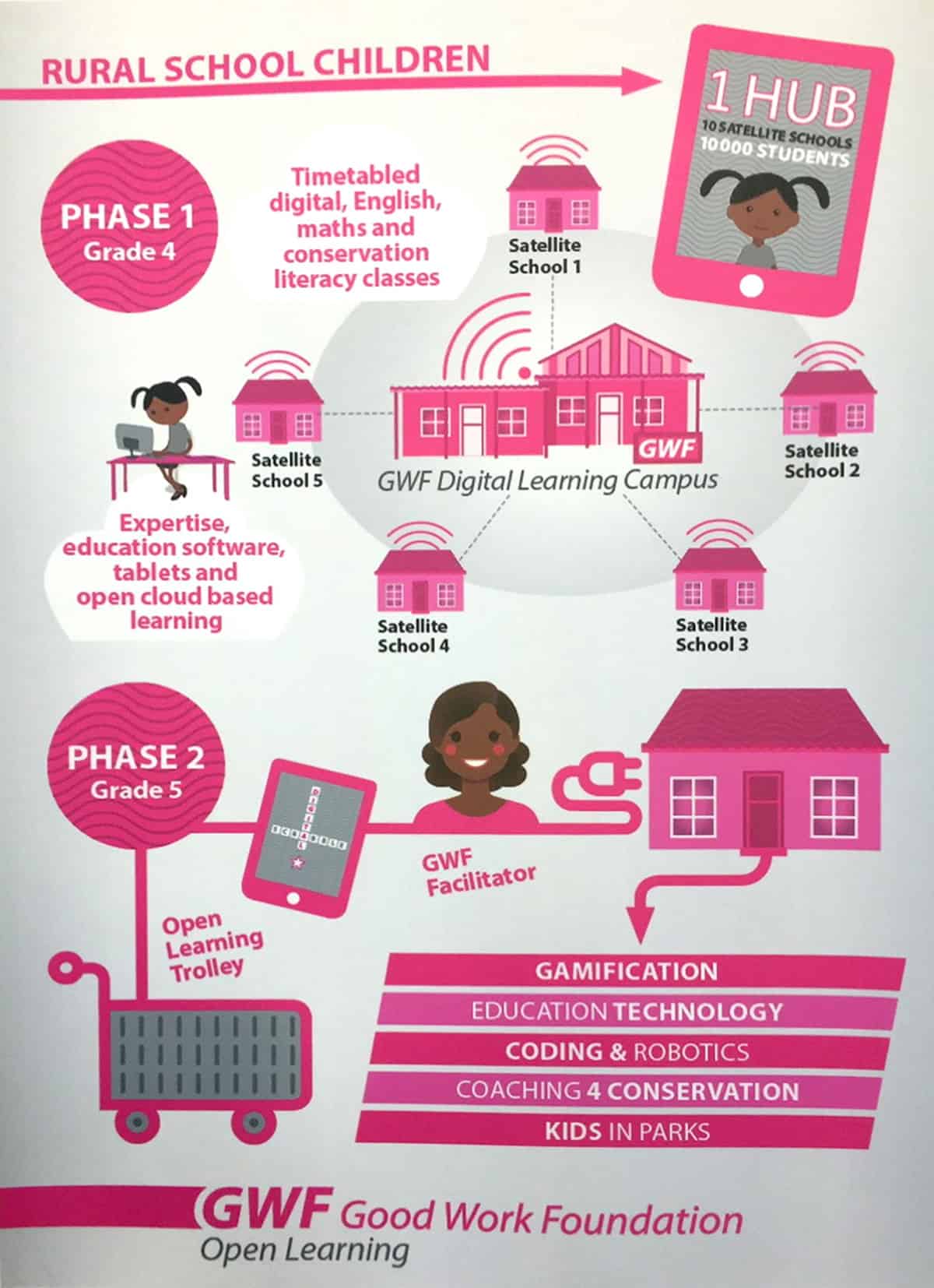
BA – Bridging Academy
This is available to all school leavers and second chance learners who want to further their knowledge (some up to the age of 70) and forms a bridge between school and work, for a further one-year accredited programme. This prepares learners for life in the business environment and certification is internationally recognised.
Interested learners apply to GWF by way of a registration form and following a successful interview they are selected individually for a bursary to participate in the Bridging Academy for the year.
What has emerged is a world class, high impact education distribution model opening up access to excellence and information to the most rural spaces – a model that is creating a sustainable eco system of learning.
The hope is that by 2020 there will be 6 fully functioning campuses, impacting almost 26,500 scholars by being able to access these satellite hubs.
This partnership is about relationships – notwithstanding the impact this has on the learners – that are symbiotic by nature and enable these collaborations to enhance the path of these youth once they leave school and beyond - with a structure that will strengthen their ability to navigate an online world and all the opportunities that it can afford them.
It is one of Sabi Sabi’s core philosophies that in order for conservation to be successful in Africa, there needs to be an integral and participatory relationship between tourism operations and the neighbouring communities. In his address, Jacques Smit – Marketing Director of Sabi Sabi – stated “our collaboration with GWF is a fundamental blueprint of conservation in action and is indicative of what this GWF partnership entails”.
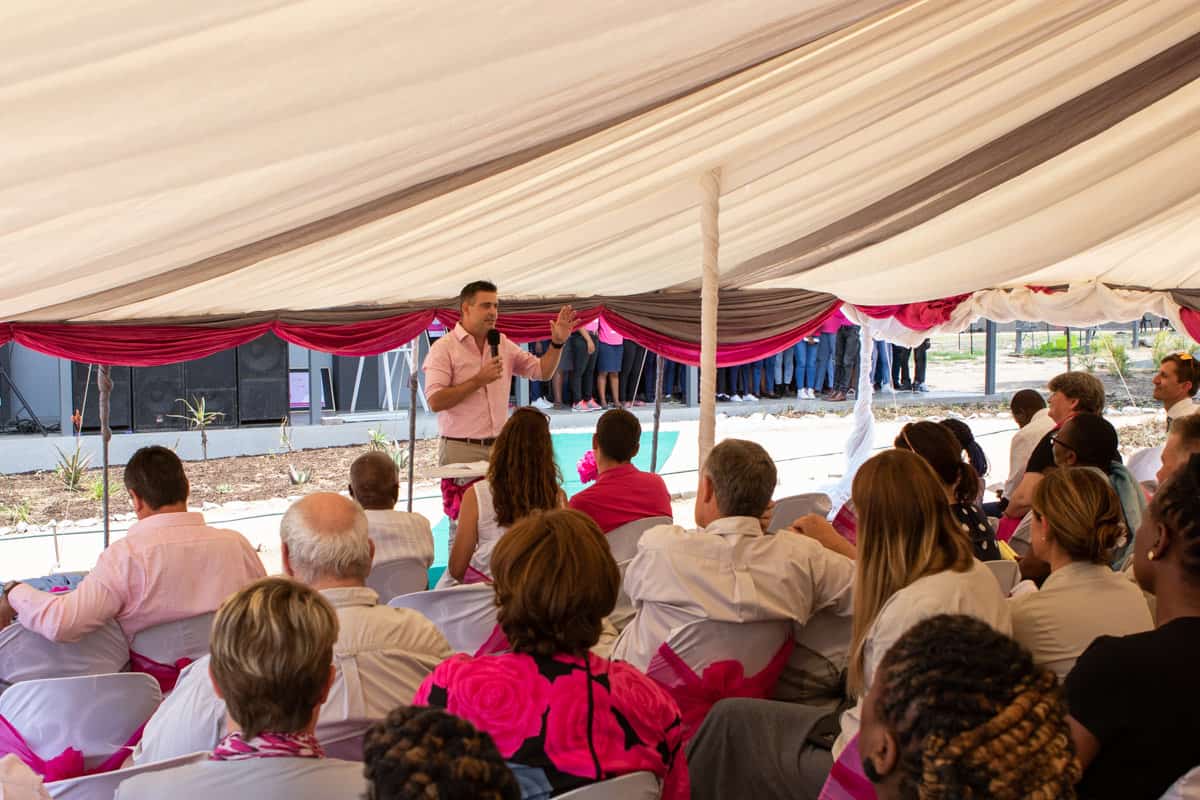
Amongst so much hope and possibility, the message was clear; education is power and the golden key to our future. Our responsibility – as partners and stakeholders - must be to ensure that we support and encourage all youth from our rural communities.
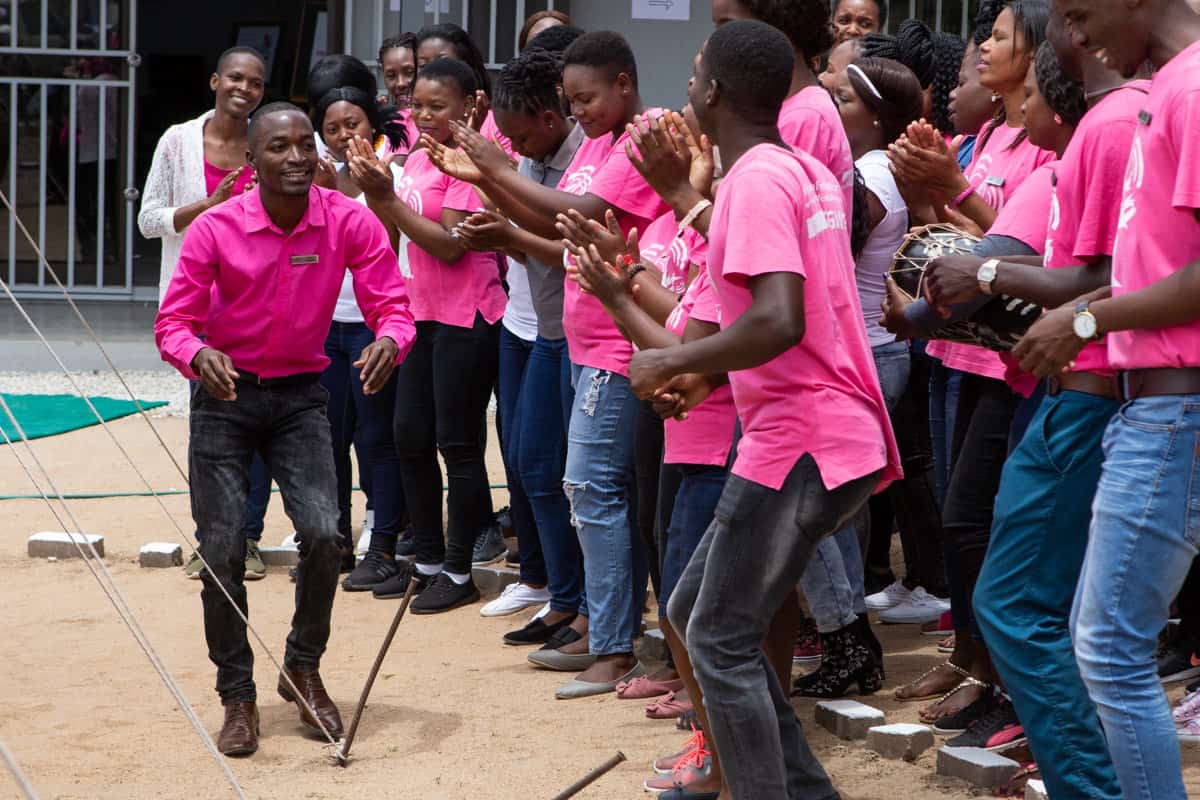
In the words of Advocate Dr Ramatlhodi – “The opportunity afforded is leading us to the worlds still to come and is a sterling contribution to the future of our country”.






